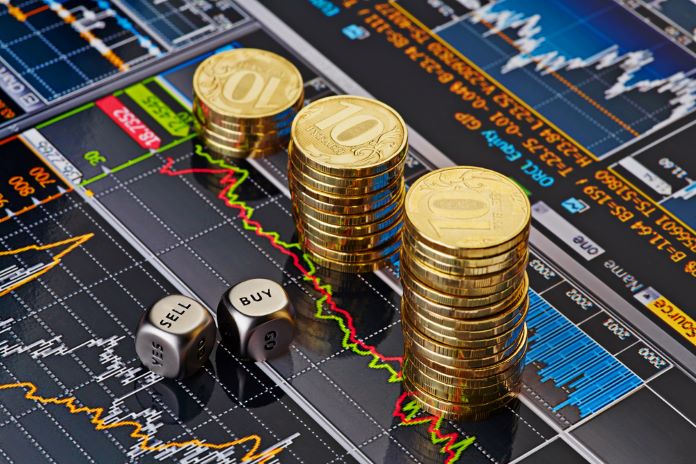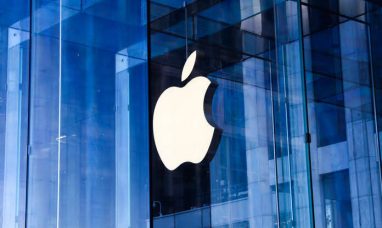Interest rate hikes by the United States Federal Reserve, aimed at containing runaway inflation, have roiled global financial markets, dampening corporations’ enthusiasm for transactions and making them apprehensive of stock and debt offers. Goldman Sachs Group Inc (NYSE:GS) reported a smaller-than-expected 48% drop in quarterly earnings on Monday, aided by gains in fixed-income trading. However, it cautioned that as the economic market worsens, it may restrict hiring and cut spending.
Goldman’s investment banking income decreased 41% to $2.14 billion in the second quarter, as fees from equity and debt underwriting and advice on stock listings and mergers and acquisitions fell.
Denis Coleman, the Chief Financial Officer of Goldman Sach, told analysts on an earnings call, “Given the challenging operating environment, we are closely re-examining all of our forward spending and investment plans to ensure the best use of our resources. Specifically, we have decided to slow hiring velocity and reduce certain professional fees going forward, though these actions will take some time to be reflected in our results.”
According to Goldman Sachs CEO David Solomon, the market situation has become more “difficult” as a result of a combination of macroeconomic factors and geopolitical, using the Ukraine conflict as an example.
Inflation is profoundly embedded in the economy, he remarked. This period is unique because both demand and supply are influenced by exogenous events, notably the pandemic and war.
Despite the drop in deals, Goldman’s stock surged 3% as revenue at the segment of the global markets, which houses its trading desks, increased 32% to $6.47 billion, with fixed income, commodities, and trading revenue increasing 55% and equities revenue increasing 11%.
Quarterly Report of Goldman Sachs Group Inc
Goldman’s quarterly report capped major bank earnings and mirrored that of peers JPMorgan Chase & Co (NYSE:JPM) and Morgan Stanley (NYSE:MS), which revealed that investment banking revenues had more than halved. However, Goldman’s trading unit beat JPMorgan Chase and Citigroup (NYSE:C), which posted 15% and 25% increases in market revenue last week, respectively.
“With a top-line beat in each of its four business lines, Goldman once again demonstrated that it can perform in adverse conditions,” noted Mike Mayo, a banking analyst at Wells Fargo (NYSE:WFC).
According to Ernst & Young data, there were 305 initial public offerings worldwide in the second quarter, raising $40.6 billion, a 65% decrease from the previous year.
The value of announced deals dropped 25.5% year-on-year to $1 trillion in the quarter, with M&A activity in the United States plunging 40%, according to Dealogic data.
Partner at Cherry Lane Investments, Rick Meckler, stated, “The banks’ news certainly was very poor for the most part. He added, however, that, “It was not unexpected when you consider that investment banking income is falling off the table and that some of the banks have taken large credit reserves.”
For the second quarter, Goldman’s net sales decreased 23% to $11.86 billion, while profit was virtually half to $2.8 billion, or $7.73 per share. Asset management was another bad spot, with net revenue of $1.08 billion, 79% less than the same period in 2021. Solomon has been working to refocus the bank’s focus away from volatile trading and investment banking and toward Marcus, its consumer banking unit. Consumer and wealth management net sales increased by 25% to $2.18 billion, owing to increasing management fees and credit card balances.
However, if the Federal Reserve of the United States continues to raise borrowing costs to levels that limit consumer spending, demand for loans may suffer. Goldman set aside $667 million to cover credit losses, compared to a net benefit of $92 million in the prior year’s comparable quarter. The Federal Reserve of the United States has committed to a “soft landing” to slow the persistent rise in prices. The Fed hiked its benchmark federal funds rate by 75 basis points in June, the largest increase since 1994, as inflation climbed unexpectedly despite predictions that it had peaked.
Goldman’s net interest income increased by 6% to $1.73 billion.
Featured Image: DepositPhotos © SergeyP

















